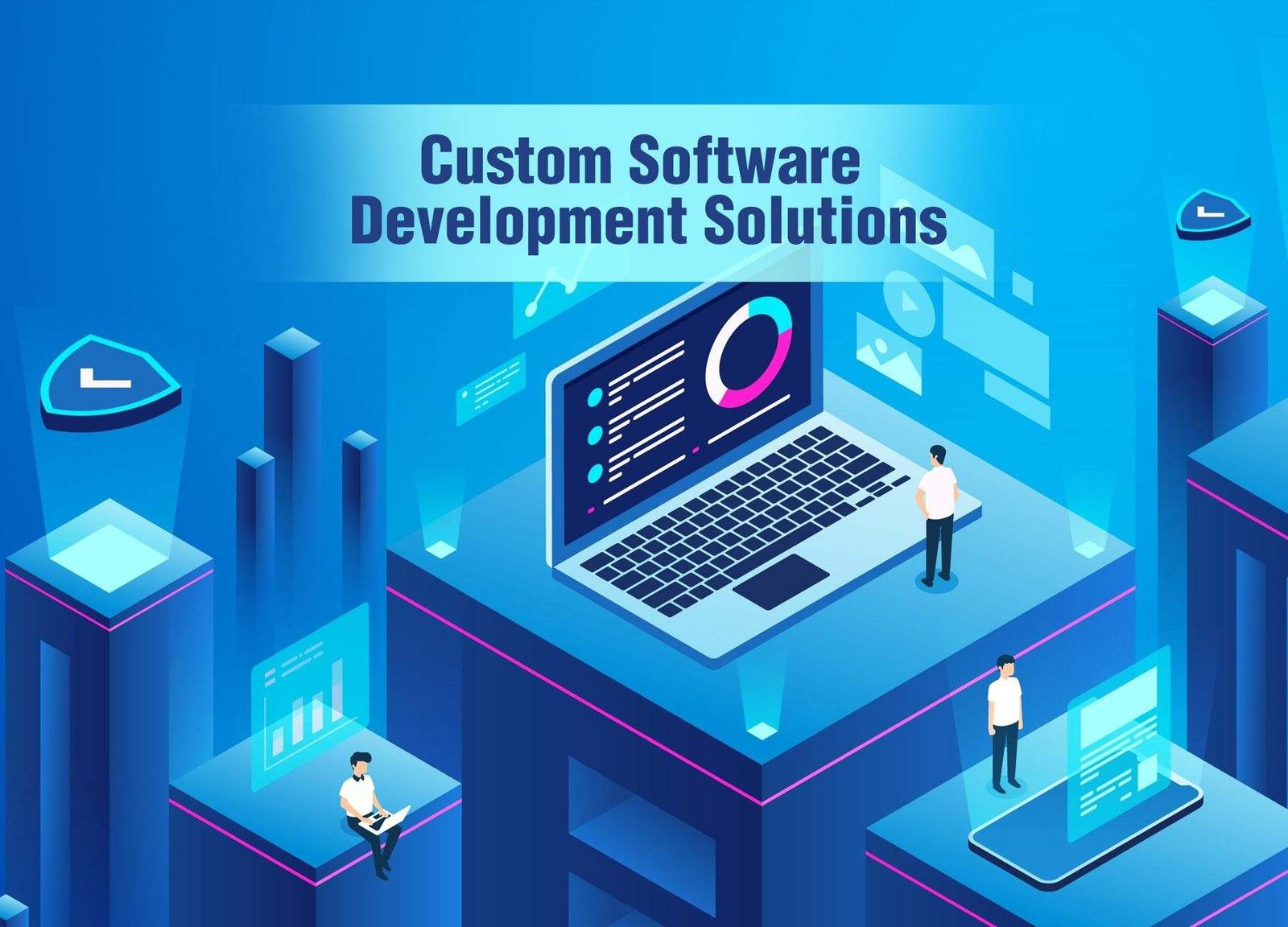The global custom software development services market is entering a new era of strategic relevance. Valued at USD 7.52 billion in 2023, the market is forecasted to more than double to USD 14.73 billion by 2032, reflecting a CAGR of 8.78%. This growth is driven by a shift from standardized digital tools to personalized software ecosystems that enable operational excellence, customer intimacy, and scalable innovation.
Strategic Role of Custom Software
Custom software offers unparalleled adaptability, allowing enterprises to design digital capabilities that align precisely with their goals, infrastructure, and industry-specific demands. Unlike generic software, custom-built solutions can evolve alongside an organization, supporting continuous improvement and rapid innovation cycles.
Market Accelerators
1. Tailored Digital Transformation
Businesses are prioritizing digital transformation initiatives that emphasize unique process optimization, data-driven insights, and integrated experiences. Custom software enables seamless integration with enterprise systems, bridges legacy gaps, and serves as the digital core of transformation programs.
2. Increasing Demand for Agility
Fast-changing market dynamics and customer behaviors require agile technology platforms. Custom software facilitates rapid adaptation, enabling firms to prototype, test, and scale new services faster than competitors relying on off-the-shelf systems.
3. Integration of Smart Technologies
Artificial intelligence, machine learning, and predictive analytics are becoming baseline capabilities. Custom applications embedded with these technologies deliver higher operational accuracy, faster decision-making, and personalized user experiences.
Barriers to Adoption
1. Initial Investment Load
High capital requirements, particularly for complex system development and integration, can deter smaller firms. However, the long-term ROI of custom solutions—through efficiency gains and customer retention—can offset these upfront costs.
2. Ongoing Lifecycle Management
Effective maintenance and support are essential to ensure system relevance and security. Without a robust update and monitoring strategy, custom software can quickly become outdated or vulnerable.
3. Integration with Legacy Ecosystems
Many organizations still operate hybrid environments with legacy systems. Ensuring interoperability with new custom applications requires deep architectural planning and specialized integration layers.
Opportunity Areas for Growth
1. Low-Code and No-Code Empowerment
These platforms are transforming the development lifecycle. By enabling non-technical users to build and iterate software, they reduce time-to-market and improve responsiveness to user feedback.
2. Modular Open-Source Components
Open-source development frameworks reduce build time and cost while increasing customization. Organizations benefit from global innovation networks and the flexibility to modify codebases without vendor lock-in.
3. Industry-Specific Accelerators
Firms that specialize in vertical solutions can deliver pre-configured modules tailored for sectors like healthcare, retail, logistics, and financial services—reducing implementation timelines and enhancing ROI.
Segmentation Insights
- Application Development: Development from scratch based on business-specific needs.
- Application Modernization: Revamping existing applications to ensure compatibility with current and future technology stacks.
- Application Management: Ongoing optimization, monitoring, and support services.
Deployment Landscape
- Cloud-First Architectures: Dominating new deployments due to agility, scalability, and reduced infrastructure dependency.
- On-Premise Solutions: Still favored in compliance-heavy industries such as defense, healthcare, and finance where data sovereignty is critical.
Organizational Fit
- Large Enterprises: Favor complex, integrated, enterprise-grade systems for automation, analytics, and operational control.
- SMEs: Seek modular, affordable, and scalable custom solutions to boost agility and reduce dependence on rigid platforms.
Sector Adoption Trends
- Healthcare: Custom platforms enhance interoperability between EMR systems, patient care management, and compliance tracking.
- Financial Services: Demand is high for custom risk engines, secure transaction platforms, and data analytics dashboards.
- Retail and eCommerce: Firms invest in personalization engines, omnichannel orchestration tools, and inventory intelligence.
- Telecom and IT: Emphasis on customer experience optimization and predictive maintenance platforms.
Geographical Highlights
- North America: Continues to lead due to a strong ecosystem of tech firms, high digital maturity, and investment in customer-centric technologies.
- Asia-Pacific: Rapid digitization across emerging markets, bolstered by growing developer ecosystems and government incentives.
Competitive Dynamics
Global tech giants and specialized service providers compete intensely through innovation, cost efficiency, and domain expertise. Leaders like Accenture, IBM, Infosys, and TCS are expanding their portfolios with AI-driven services, low-code offerings, and industry-specific accelerators. Boutique firms are carving niches by offering faster delivery and greater customization.
Executive Guidance for Success
- Embed custom software into digital core strategies, not as standalone projects.
- Prioritize agile methodologies and DevOps pipelines for responsiveness and scalability.
- Create governance frameworks to ensure security, compliance, and performance.
- Align cross-functional teams early, ensuring business goals, user needs, and technical feasibility converge.
Closing Perspective
Custom software is not merely a functional asset—it is a strategic differentiator. In a landscape defined by uncertainty and innovation, the ability to build and evolve digital systems tailored to an organization’s DNA will separate leaders from laggards. As firms plan for the future, custom development must be seen as a core enabler of digital excellence, not a discretionary expense.

